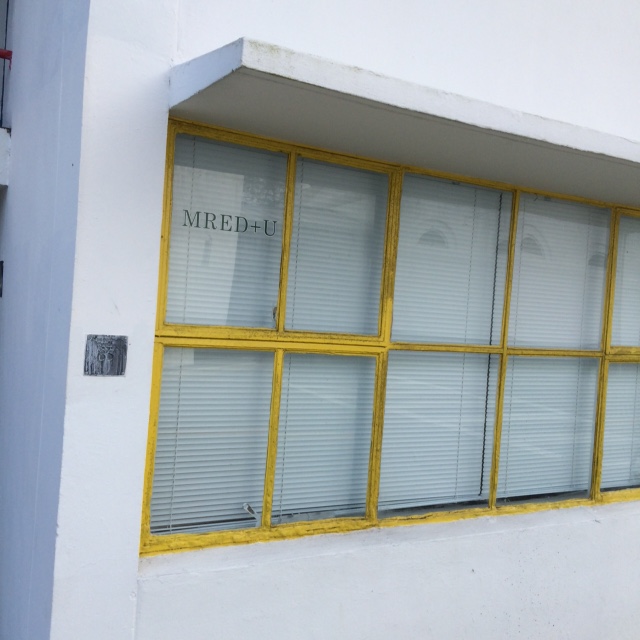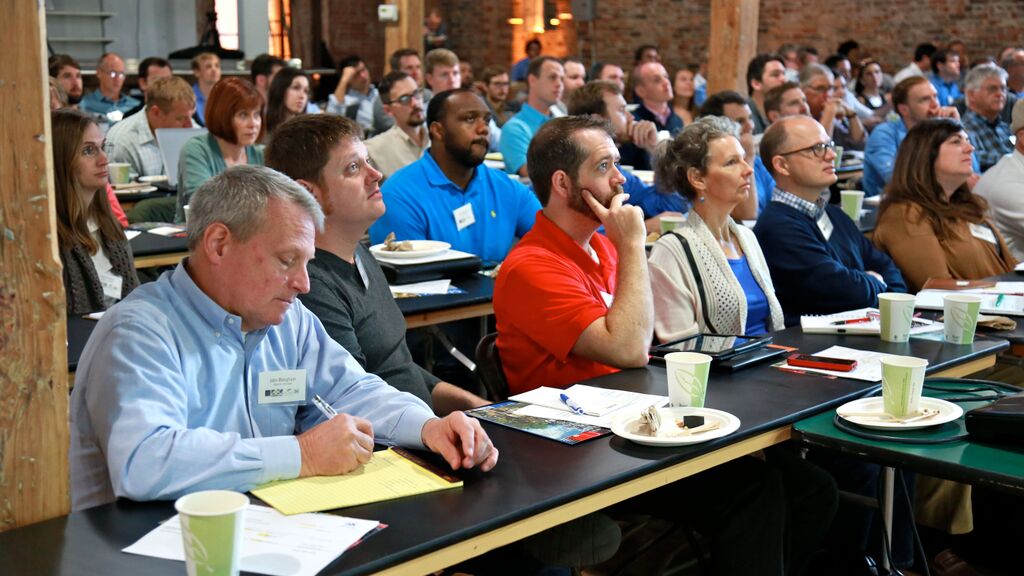Today I got an email from someone who attended a Small Developer Boot Camp that asked the following questions:
- How do I structure my project for an outside investor or for my own investment of capital?
- How do the investors get paid for that investment?
- How do I set up an LLC?
- How do I get a construction loan?
- How do I structure my finances and credit?
- Should I use of my house and the land as collateral?
I figured posting the questions and my response here on the blog would be helpful to others.
Forming an LLC
You will need to find a local attorney familiar with real estate development and have them draft the Operating Agreement for your LLC. If you are going to have another person or persons investing in your project you should hold off on actually filing your LLC paperwork at the State until you have sorted your deal with your investors.
The first step you need to take is to outline (on paper) what you want to do in your project and who will do what before you sit down with your lawyer. The lawyer probably has a boilerplate LLC Operating Agreement that they will start with and they will modify it to suit your goals and requirements. The Operating agreement is your opportunity to set up your the structure of your deal, answering questions like the following:
- Who will manage the LLC? This can be a designated manager or a managing member of the LLC.
- Who will the other members of the LLC be?
- Do you have more than one class of LLC member?
- Are there milestones in the project or performance metrics that will require members to surrender their interest for a stipulated sum?
- How are the proceeds of the project going to be distributed?
- What happens if more capital is needed?
The reason why you hold off on filing your LLC documents until you have a deal with your investors, is to save the time and expense of modifying a recorded LLC to reflect the particulars of the deal you stuck with your investor after the LLC was formed.
Your negotiations with an investor should culminate in a (non-binding) Letter of Intent which is where you put down on paper who is going to do what. Your lawyer will use the Letter of Intent as a guide to draft the LLC documents.
Links to general information about LLC:
https://en.wikipedia.org/wiki/Limited_liability_company
https://www.legalzoom.com/articles/forming-an-llc-for-real-estate-investments-pros-cons
(Legal Zoom is an online resource, but I strongly recommend that you find a flesh and blood local lawyer ).
https://www.realtymogul.com/blog/top-10-aspects-of-llc-operating-agreements
http://apps.americanbar.org/buslaw/committees/CL690000pub/newsletter/200807/kean.pdf
Roles of the parties in a development project
In a basic deal the Operating Partner gets paid a fee to do the work of coordinating the design, entitlement, financing, construction and leasing of the project. This can range from 5% to 15% depending upon the scale, complexity and duration of the project. The Operating Partner is the active member of the development and typically serves as the Manager or the Managing Member of the LLC.
The Investor or Capital Partner has a passive role. They provide capital which they could lose if the project fails and they received a return in consideration for the risk they have taken in making that investment. They also may be guarantying the repayment of the construction loan.
If you are putting up cash you are a capital partner. If you are running the project for a fee, or for a piece of the deal, you are the operating partner. An operating partner can also be a capital partner if they are investing cash or contributing their land to the deal, but outside capital partners typically get their investment principal back ahead of an operating partner who has contributed cash or land.
Paying the Investor back their principal and a return
You construct your plan for how your project will make money in the form of a pro forma. Based upon what the likely hard and soft construction costs and the cost of the land and the needed improvements to bring the land to the level of a finished lot or lots you look at what the likely revenue will be in rent after operating costs and debt service. Cash flow after operating expenses and debt service is the money you use to pay back the investor their initial principal (the cash they invested) and the return you committed to provide them for taking the risk of investing in your project. You can also refinance the project after it is built and fully leased up with demonstrated operating expenses. This new loan will be used to pay off the construction loan and the cash left over can be used to pay the investor their remaining principal and the return you promised them. For example if they invested $100,000 and you committed to pay them a 12% return, you pay them $112,000. $100,000 in principal and $12,000 as their return.
Getting a Construction Loan
You get a construction loan by first talking with several banks to gauge their interest in the project and the likely terms of the loan. Then you submit a loan application or "bank package" to the lenders you think are the best fit for your project. The bank will lend you a specific percentage of the total project cost, referred to as the Loan to Cost or LTC percentage or ratio. If the total cost of your project is $1,000,000 and a bank commits to lending you 75% of the cost, you need to come up with $250,000 (25%) in equity in essence, your down payment. The deal with your lender is that if you default on the loan and they foreclose on the project, you lose your equity (or down payment). If after they foreclose, they sell the project for less than the amount of the outstanding loan, they will look to recover the shortfall from the person who guaranteed the loan, either through a pledge of specific collateral or a personal guaranty. If the property you have purchased is appraised at $350,000 and you bought it with cash, the land will be sufficient to cover the equity requirement. If you bought the land for $350,000 with a loan and only put down $150,000 in cash, then the bank will want you and your investor to put in another $100,000 to meet the required 25% of the total project cost.
If you have good credit and enough equity, but you do not have enough assets to guaranty the loan in case of default, you will need to find a capital partner who can cover the guaranty.




